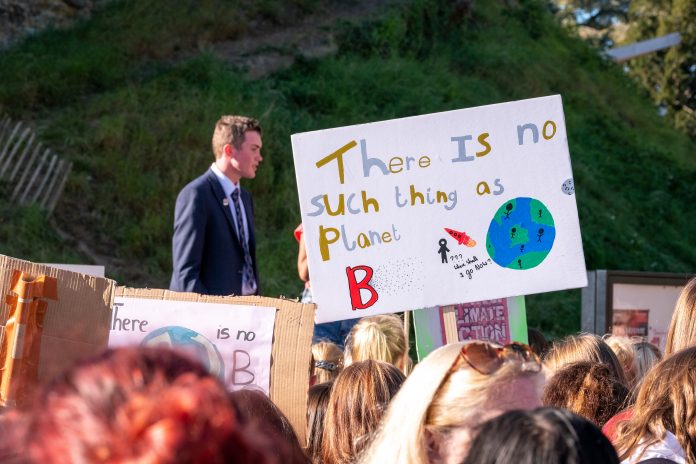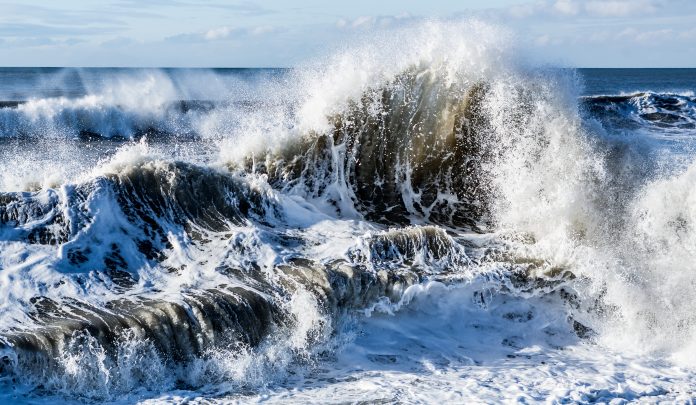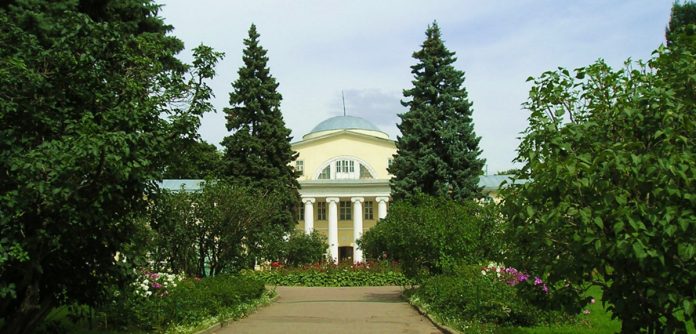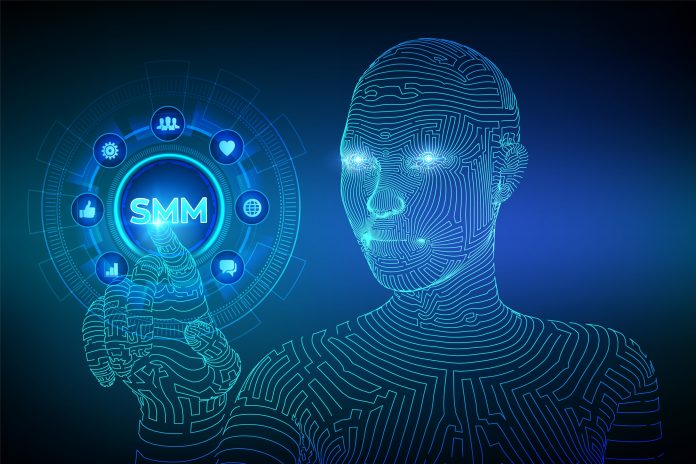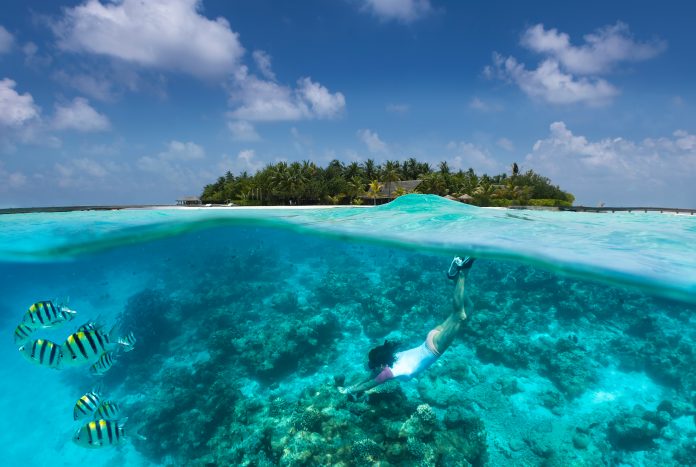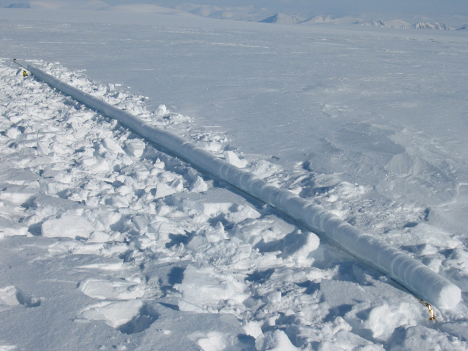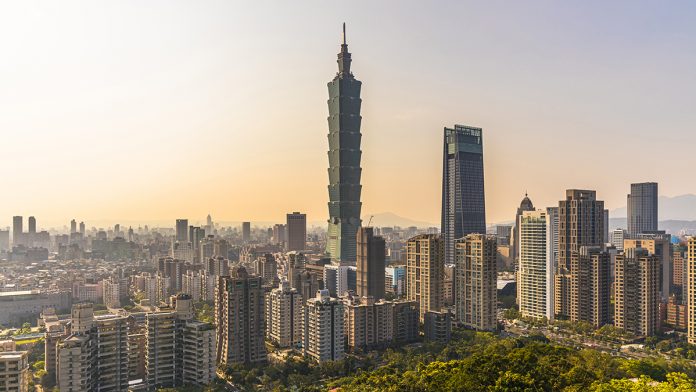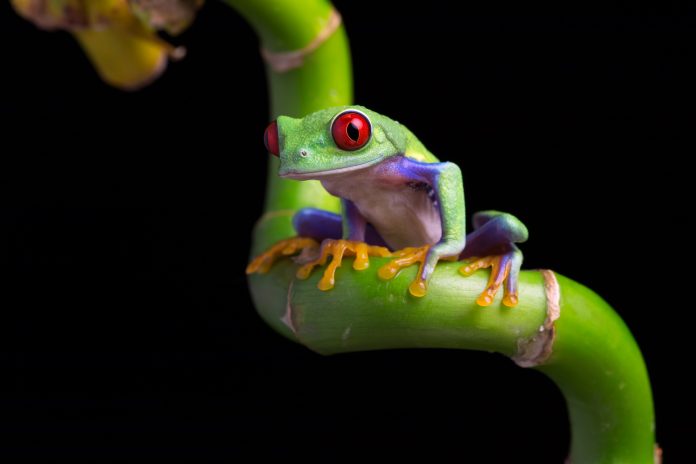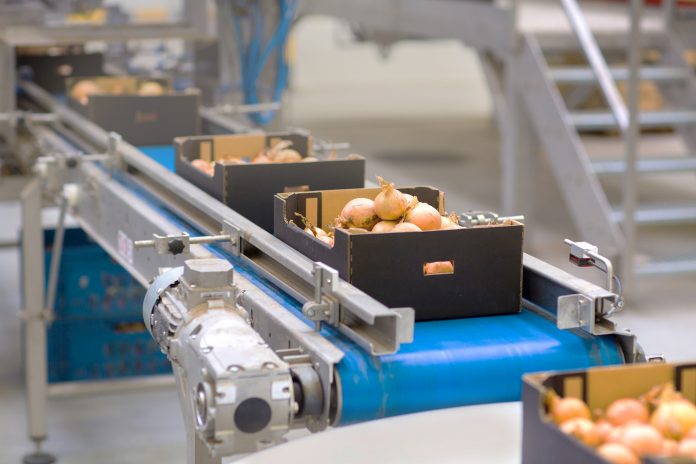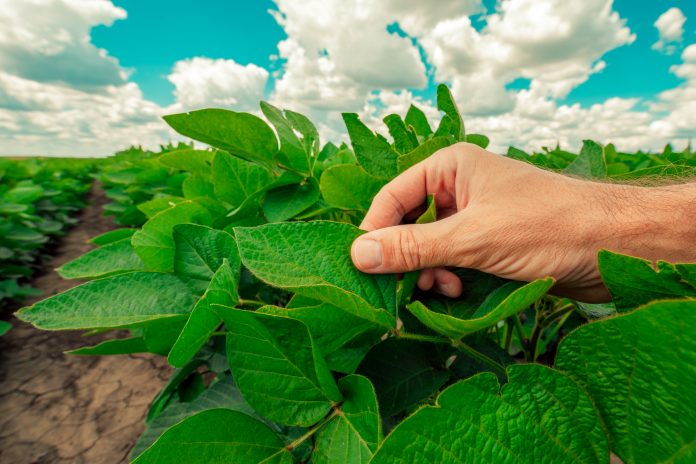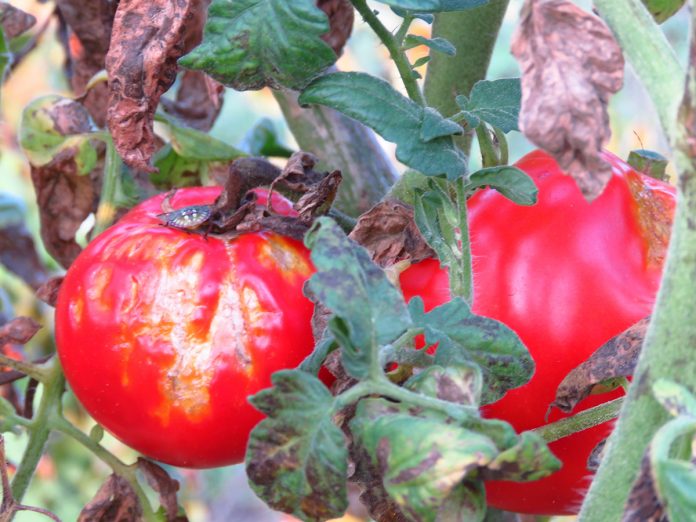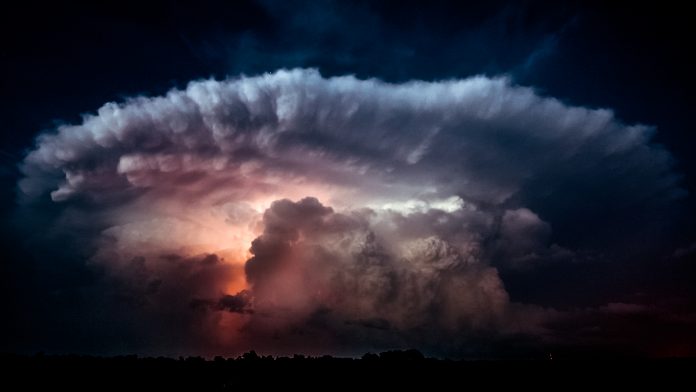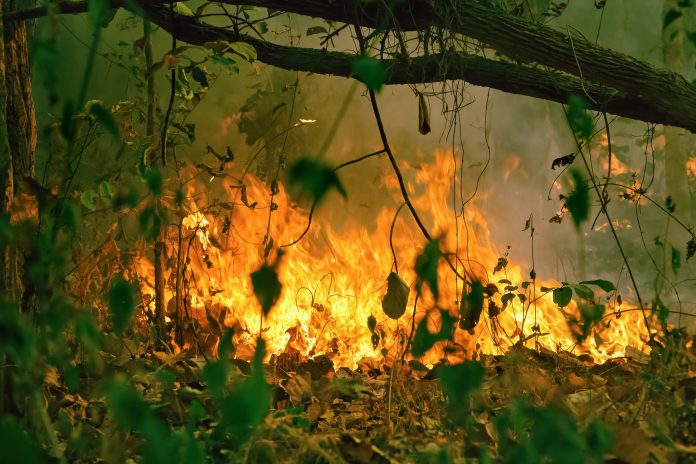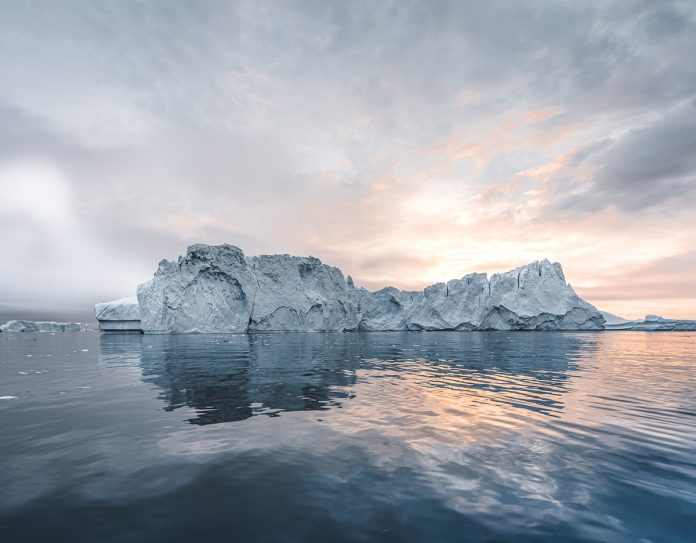Open Access Government produces compelling and informative news, publications, eBooks, and academic research articles for the public and private sector looking at health, diseases & conditions, workplace, research & innovation, digital transformation, government policy, environment, agriculture, energy, transport and more.
Home Search
earth systems - search results
If you're not happy with the results, please do another search
Scientists propose global species extinction target to preserve biodiversity
New research has proposed a long-term target to reduce species extinction rates, with an objective of a more natural rate of fewer than 20 extinctions per year.
SEA-TITAN: Wave energy technology convergence
Aleix Maria Arenas from Wedge Global tells us what we need to know about the H2020-funded SEA-TITAN project that encourages a step-change towards wave energy technology convergence.
Oligomers: The advanced material for the design of nanomachines
Professor Vladik Avetisov and his teams are searching for oligomeric compositions, which are only a few nanometres in size, that behaves like nonlinear mechanical systems, more of which are detailed here in this chemical physics analysis.
Robert Winglee – University of Washington
Professor Robert Winglee is a Professor in the Department of Earth and Space Sciences at the University of Washington.
Subsurface sampling using High-Velocity impactors
Here, R.M Winglee and M. Danner, Department of Earth and Space Sciences, University of Washington, discuss robotic exploration and High-Velocity Impactors.
Innovative technology for natural disasters and other crises
Mayank Kejriwal from the University of Southern California, discusses the role innovative technology can play when it comes to natural disasters and other crises.
Scientists find 1.9 million pieces of microplastic on seafloor
Policy intervention needed as scientists discover the highest levels of microplastic on the seafloor via an international project tracking the 'missing' 99% of ocean plastics.
Environment focus: Sweden’s take on the climate emergency
The work of Minister for the Environment and Climate, and Deputy Prime Minister in Sweden, Isabella Lövin, is charted here when it comes to the climate emergency.
The changing arctic ice caps: Insights from ice cores
Martin Sharp Department of Earth and Atmospheric Sciences, University of Alberta, provides more compelling commentary on the changing arctic ice caps, focussing on the insights to be gained from ice cores.
The development and future of offshore wind power in Taiwan
Gwo-shyh Song, Associate Professor at the National Taiwan University and from Global Aqua Survey Ltd, details the current development and future of offshore wind power in Taiwan.
Jeff Bezos creates climate justice project with $10 billion
Amazon CEO Jeff Bezos has made a donation of $10 billion to his new climate justice project, the Bezos Earth Fund.
Space exploration: The ultimate test of our capabilities
Here, Dr. John Bates, CEO at Eggplant, discusses how mission-critical software testing for space exploration can be done quickly and efficiently with the aid of new technology.
How technology could harvest better results for the future of the food industry
Osvald Bjelland, CEO, Xynteo, discusses how technology and collaboration could harvest better results for the future of the food industry.
Science: Asking fundamental questions, creating solutions and sustainable prosperity
Dr Deirdre Black, Head of Research & Innovation at the Royal Society of Chemistry, argues the case here for science to fulfil its potential to answer fundamental questions, create solutions to global challenges and contribute fully to sustainable prosperity.
A new era of scientific discovery in weather and climate
Dr Anjuli S. Bamzai, Division Director for Atmospheric and Geospace articulates why the research community is at the cusp of a new era of scientific discovery in weather and climate, enabled by innovative cutting-edge technologies.
2020: This is the year to protect plant health!
Greg Rosenthal, Communications Specialist at the USDA Animal and Plant Health Inspection Service, highlights why 2020 is the year to protect plant health and argues that thriving plants mean thriving people.
Late blight and organic crops: Solving the arduous copper equation
Didier Andrivon from INRA underlines late blight and organic crops, including solving the arduous copper equation.
Understanding the world’s most devastating tornadoes and supercell storms
Leigh Orf discusses his research team’s recent breakthrough thunderstorm simulations at the University of Wisconsin–Madison Space Science and Engineering Center (SSEC).
What happened in Madrid at COP25?
As UN climate negotiations came to an end last week, we round up what really happened at the 25th climate conference in Madrid (COP25) and who the key players were.
Firn matters: Changing runoff from Arctic Ice caps and Greenland
Luisa da Cunda Fernandes and Martin Sharp Department of Earth and Atmospheric Sciences, University of Alberta, discuss changing runoff from Arctic Ice caps and Greenland.

